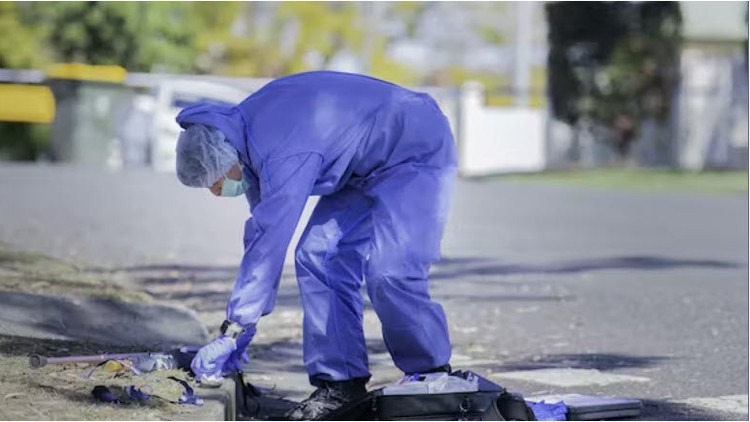
A Fully Accredited and Certificated Course
What you will learn
What is Geographical Profiling?
What is involved in Geo Profiling?
What are the benefits?
How was it developed?
Who developed it?
What are some weaknesses?
Description
I am so grateful that you have decided to look into this course, it is packed with informative videos about Geographical Profiling. Some of the topics we explore include:
What is Geographical Profiling?
When and how was it developed?
How is Geo Profiling used by the FBI and other law enforcement agencies?
What is involved in the Geo Profiling process?
What tools and strategies do investigators use in an investigation?
What are the benefits of Geo Profiling?
What are some weaknesses?
Organised/Disorganised offenders
Behavioural characteristics of serious offenders
Spatial and Behavioural Patterns seen in Serious Crime.
To get the most pout of the course, I recommend watching and re-watching each of the videos, read any recommended introductory book on Offender Profiling and specifically Geographical Profiling. I also recommend you take my other course on Offender Profiling because this sets the scene for this slightly more specialised course.
The course is an excellent resource for anyone interested in this fascinating field of behavioural science, those working in law enforcement, psychologists. It is of special interest to anyone who finds TV programs such as Criminal Minds and Law and Order interesting.
Caution: There is reference to serious crime, but no graphic descriptions or images.
Here is a brief overview and description of Geographical Profiling, courtesy of Wikipedia:
Geographic profiling is a criminal investigative methodology that analyzes the locations of a connected series of crimes to determine the most probable area of offender residence. By incorporating both qualitative and quantitative methods, it assists in understanding spatial behaviour of an offender and focusing the investigation to a smaller area of the community. Typically used in cases of serial murder or rape (but also arson, bombing, robbery, terrorism[1] and other crimes), the technique helps police detectives prioritize information in large-scale major crime investigations that often involve hundreds or thousands of suspects and tips.
In addition to determining the offender’s most likely area of residence, an understanding of the spatial pattern of a crime series and the characteristics of the crime sites can tell investigators other useful information, such as whether the crime was opportunistic and the degree of offender familiarity with the crime location. This is based on the connection between an offender’s behavior and his or her non-criminal life.[2]
Geographic profiling is growing in popularity and, combined with offender profiling, can be a helpful tool in the investigation of serial crime.
Content